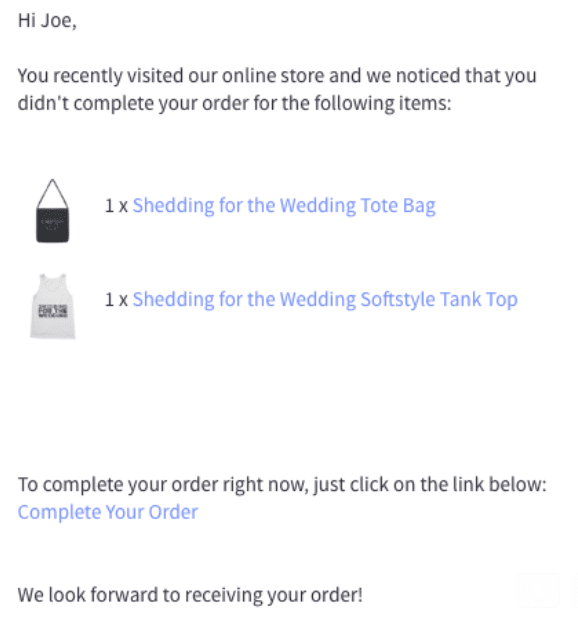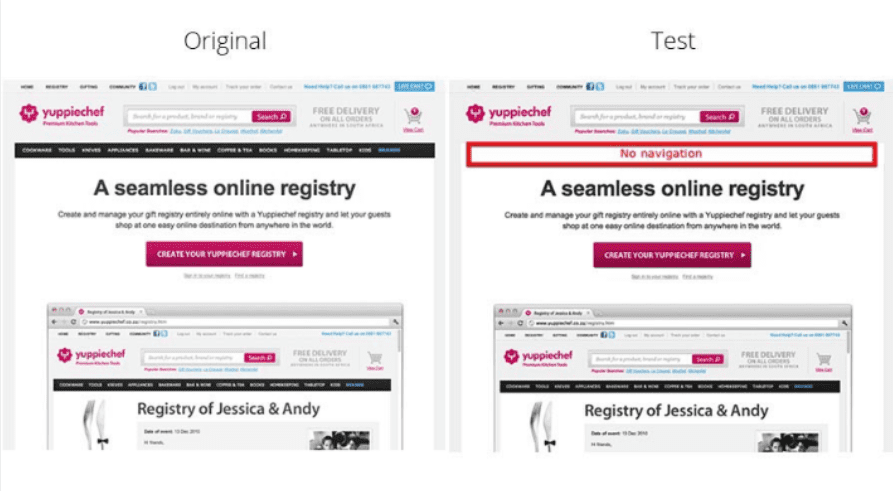Entrepreneur Elon Musk once said:
If you’re trying to create a company, it’s like baking a cake. You have to have all the ingredients in the right proportion.
This is true when running an online business. You have the main ingredients, the base for the cake, so to say.
How? To start off, you have a website that customers visit and interact with.
But, to turn your plain old sponge cake into a mouth-watering delicacy, you need a couple of extra ingredients.
To succeed, you need to know your customers and build a rapport with them. In the online world, this is easier said than done.
Customers arrive on your site, where some bounce and some convert. But they’re all faceless to you–unless you work on finding out who they are and what they are looking for.
With cohort analysis you can gain a better understanding of customers and visitors to your site. Read on to find out how to improve your content strategy using cohort analysis.
What is a Cohort?
Before we enter the complex world that is cohort analysis, it’s vitally important to explain and understand what a cohort is. .
A cohort is a group of people who share a common characteristic set in a certain time period.
What do we mean when we say ‘share a common characteristic?’ Well, people born between 1978 and 1998 who have had their tonsils removed is technically a cohort.
OK, this one is a little bit quirky and has no real relevance and value to your business, but you get the point.
Don’t worry, there are plenty of other examples out there that are useful to your business.
These might include:
- People who have signed up to your monthly newsletter in the past six months.
- People who have visited your site from an organic search in the past two weeks.
- Paying customers in the last 90 days.
- Customers who have added a product to their shopping cart and abandoned the order before checking out during the last fiscal quarter.
- People who have been directed to your site from social media platforms in the month of August.
The number of cohorts you could actually analyze is unlimited, but it’s up to you to correctly identify the common characteristics that break up the visitors to your website.
What is Cohort Analysis?
Cohort analysis is simply about analyzing the cohorts on your site and identifying all the patterns and trends that tie them together.
Cohort analysis can also be compared to behavioral analytics.
It basically breaks down all of your customers – new and old – into groups in order to discover the patterns.
These patterns are important. They can provide you with major insights into how your customers are reacting to different aspects of your business and/or website.
Once you have this information, you can make the necessary adjustments to improve the performance of your website.
Using Cohort Analysis in Your Content Strategy
How you implement your content strategy is crucial. Content creation is the number one most-effective SEO technique.
According to the Content Marketing Institute, websites with value-added content for marketing purposes have 434% MORE search engine-indexed pages than those that don’t!
But content for content’s sake won’t cut it…the content on your website must be valuable in order for it to have an impact.
This is where cohort analysis comes in.
Once you define your cohorts, you can start to create content that appeals specifically to those different visitors.
Let’s take a look at an example of how you can use cohort analysis to improve your content strategy…
Cohort Example: People who have abandoned your cart in the last 30 days
Cart abandonment is always going to be an issue for online businesses.
According to a Barclaycard survey, the average British shopper abandons online baskets worth almost £30 every month, resulting in more than £18bn in lost sales every year!
And that’s just in the UK. Imagine the numbers on a global scale.
However, there are things you can do to win these customers back.
One idea is to target customers in this cohort with a series of emails, perhaps three, all focused around getting them to complete their purchase.
Here’s an example:

This type of content is proven to work when it comes to winning customers back!
According to MooSend, over 40% of cart abandonment emails are opened. Of those opened emails, 50% result in the customers completing their purchase.
Use A/B Testing
After you use cohort analysis to help define your content strategy, consider the use of A/B testing to further improve the success of your content.
A/B testing consists of comparing two versions of a web page in order to see which one runs better.
The winner will be the page with the better conversion rate at the end of the test.
There are a number of ways you can use A/B testing to help gain more visitors to your site.
This is a chance to experiment and find the right look and feel for your website.
The changes don’t have to be extreme. Take YuppieChef for example.
During their A/B testing, YuppieChef opted to remove the navigation bar from the top of their website.
What happened? They immediately noticed a 100% increase in their conversion rate
Why? Their tests suggested that the navigation bar was too much of a distraction.

Sometimes one test is not enough. Don’t be afraid to mix two tests together in order to find the perfect outcome for your website.
Humana found by running an A/B test that they were able to combine both results and improve their conversion rate.

Humana decided to simplify their original page with fewer words and a more heart-warming photograph.
This led to a 433% increase in their click-through-rate (CTR).
At first, they opted to remove the original call-to-action from ‘Shop Medicare Plans’ to ‘’Get started now’.
After running the original test, they decided to revert back to the first CTA. What happened then?
They enjoyed another 192% increase in their CTR!
Don’t feel limited to using one or the other. Feel free to combine both ideas if it presents enough upside to make the change.
I know what you’re thinking. This sounds like a lot of time-consuming and costly design and development work.
It will need lengthy managerial sign-off and an execution process on the back end.
Just remember the rewards outlined above, with as much as a 433% increase in CTR.
Tools like WordPress visual editors enable marketers to directly make on-page changes themselves.
This in turn removes the need to involve a designer or developer, while creating a much faster feedback loop.
Summary
If you really want to improve your website performance, there are better approaches than pushing out an endless stream of poorly targeted content.
Don’t get me wrong, you certainly need to have regularly published content on your site.
But it will only help you succeed if it is in moderation and, more importantly, relevant to your end goal.
Start by working out the cohorts on your site.
Once you are aware of what type of customer you are targeting then the content side of things should easily slot into place – whether that is by way of guides, blog posts, infographics, or videos.
Try using cohort analysis as a guidepost. You’ll find it provides greater efficiency of content planning and creation. And your engagement metrics should improve as well.
All images provided by the author under his / her own license(s).
Disclaimer: The views and opinions stated in this post are that of the author, and Return On Now may or may not agree with any or all of the commentary.
Charlie Carpenter
Latest posts by Charlie Carpenter (see all)
- How Cohort Analysis Can Improve Your Content Strategy - February 19, 2019





